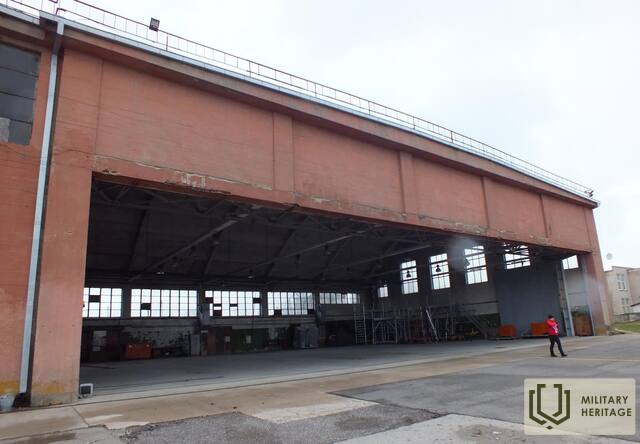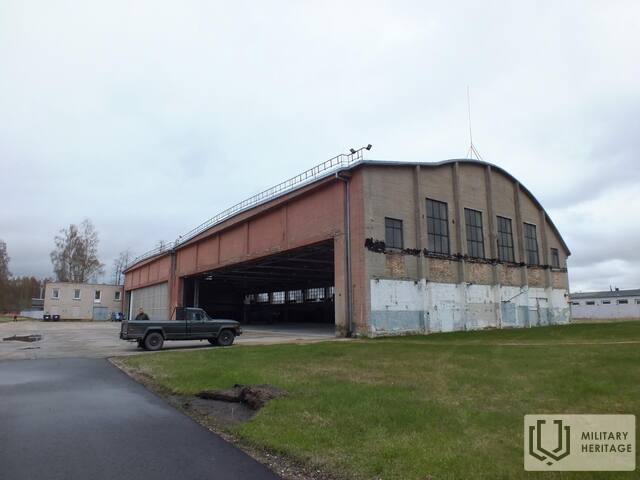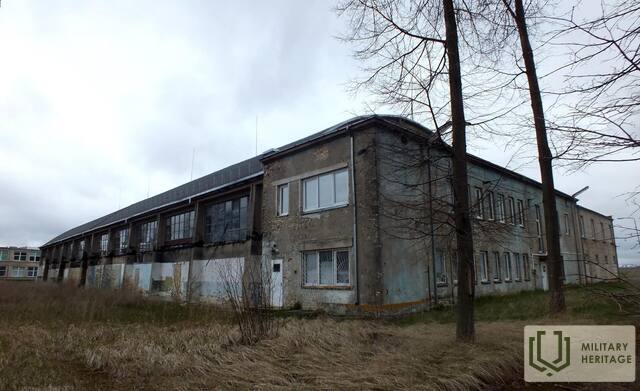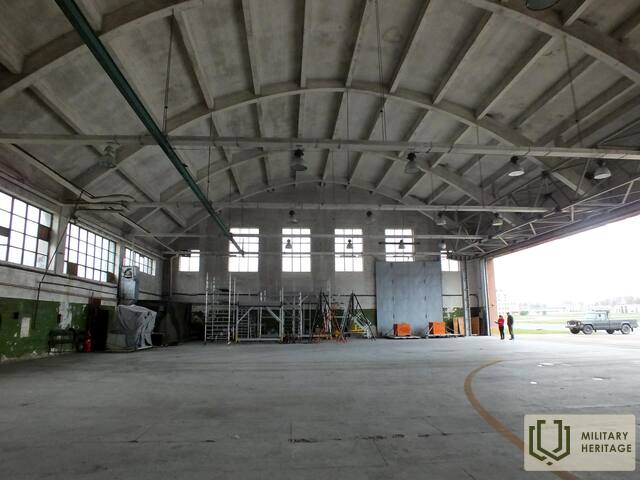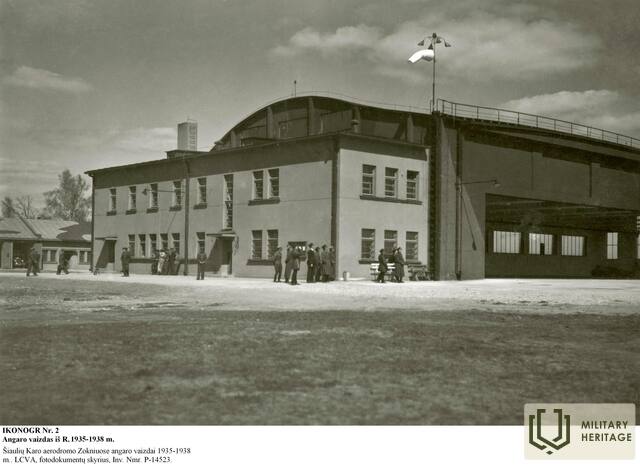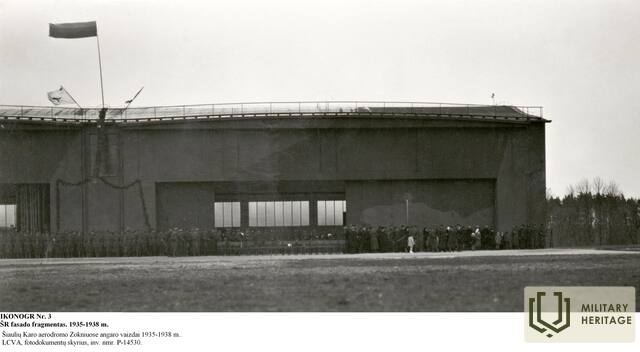Zokniai Air Base Hangar (KVR) Infrastructure

The Zokniai Aviation Base hangar, also known as the Antanas Gustaitis hangar, was built in Šiauliai near the railway line.
The hangar was built around 1936, it is believed that the author of the project was engineer Antanas Gustaitis. The hangar was intended for aircraft of the military aviation base. It is one of the first hangars built in the First Republic of Lithuania, reflecting the development of interwar aviation - Lithuanian ANBO aircraft were assembled there.
ANBO (abbreviation for Antanas Nori Būti Ore) – aircraft designed by the same engineer A. Gustaitis and manufactured in Kaunas Aviation Workshop. In 1925–39, 66 aircraft were manufactured (single-seat sports, double-seat training and reconnaissance, double-seat light bomber with an automatically variable pitch propeller). All types of aircraft were of semi-metal construction with air-cooled engines. 1934-06-25 – 07-19 three ANBO IV aircraft flew around Europe.
Later, the hangar began to repair aircraft and helicopters of the Latvian Air Force (LAF): the fuel and lubricants in their tanks were pumped in advance into underground reinforced concrete tanks located further away from the hangar, and during the repair, the aircraft and helicopters were transported by tow truck.
The building is still used for the needs of the Šiauliai Air Base. In 2010, the Air Base Day was celebrated there.
Used sources and references:
Related stories
Šilėnai bombing range
During the interwar period, a bombing range operated in the Šilėnai marshland near Šiauliai, where Lithuanian Air Force bombing and shooting exercises were conducted. The concrete observation towers that have survived to this day remind us of the existence of this range.




